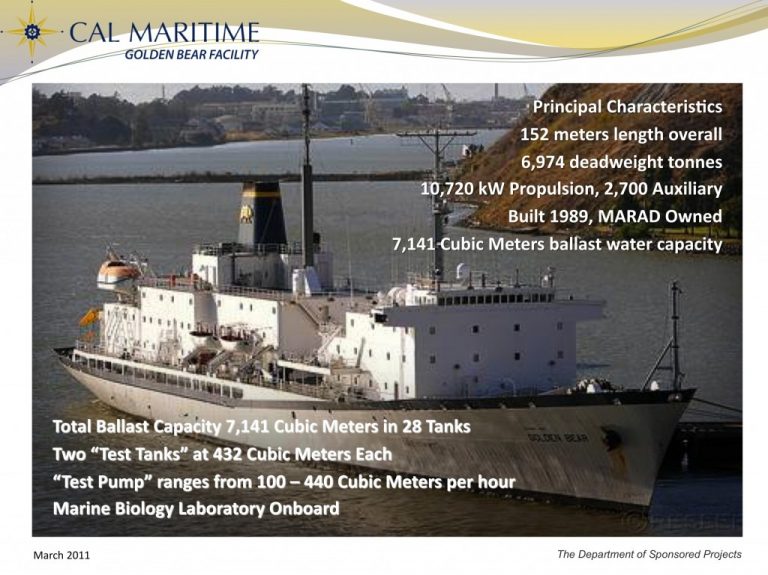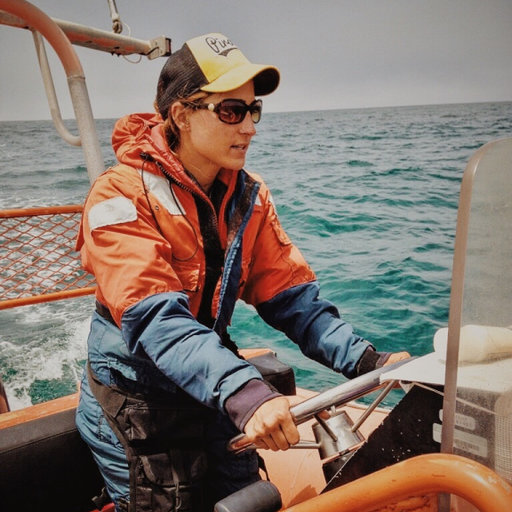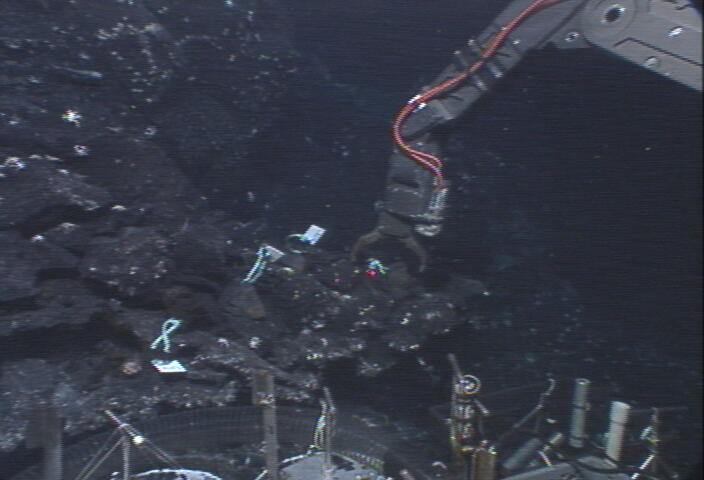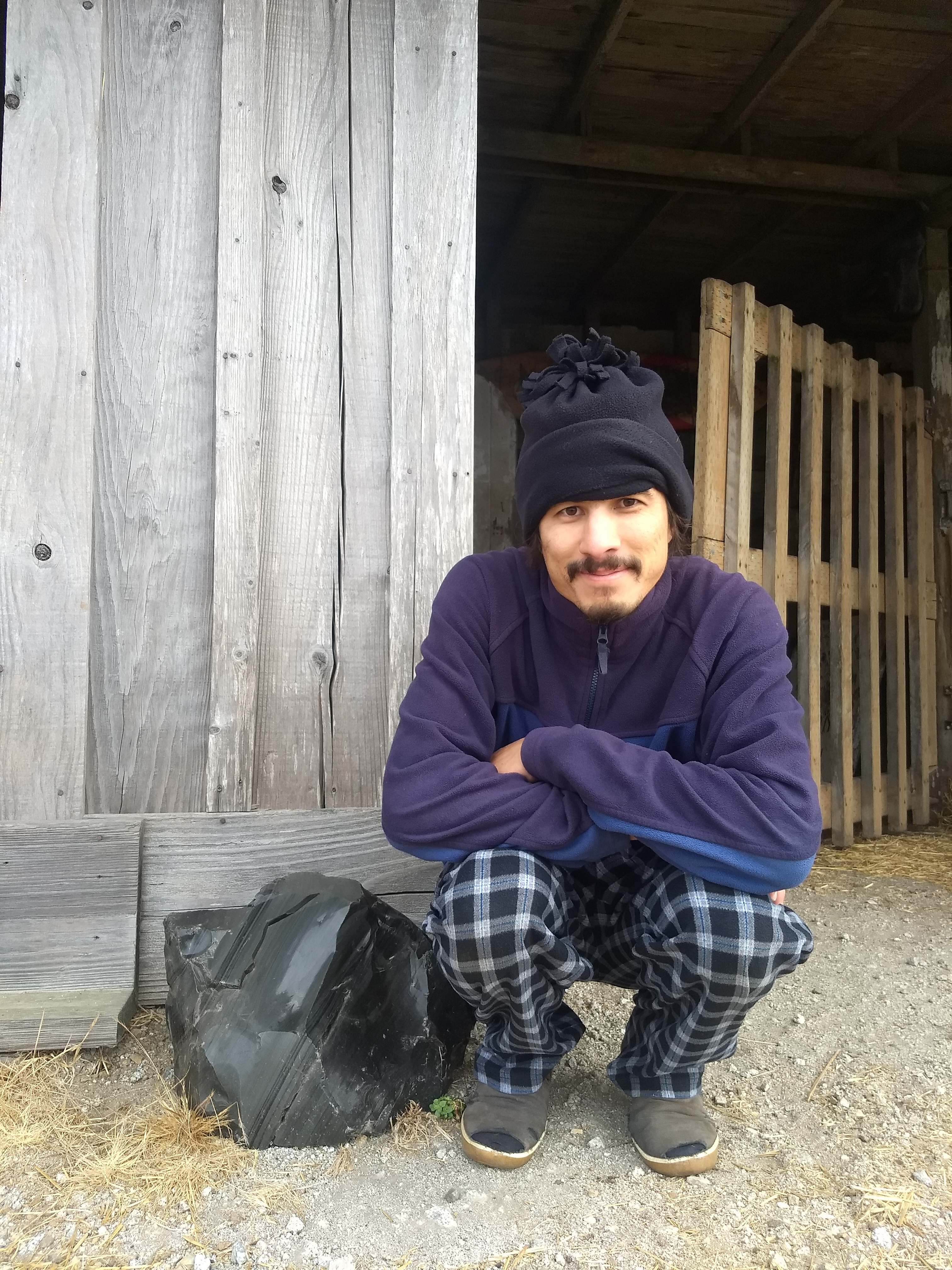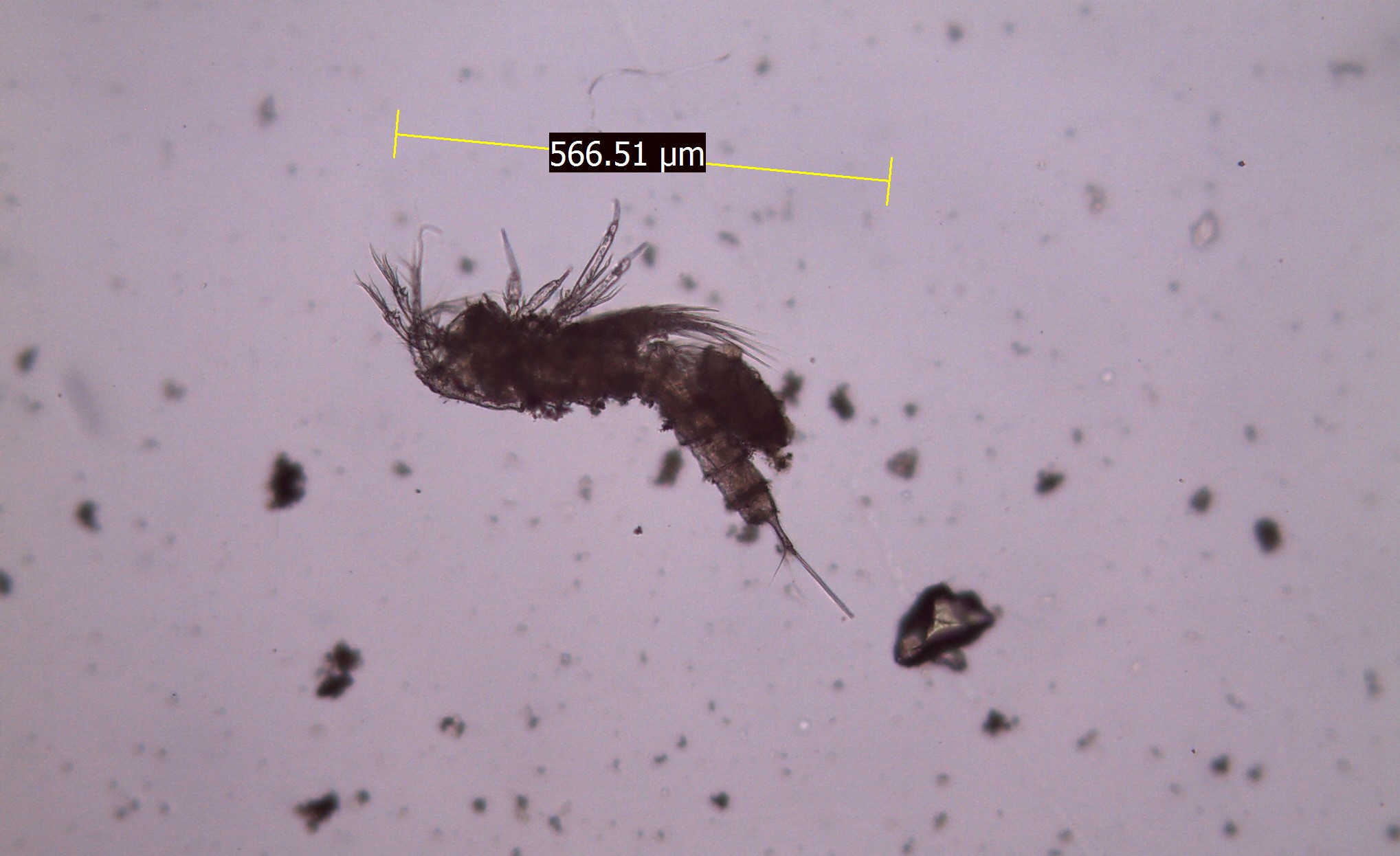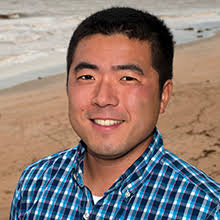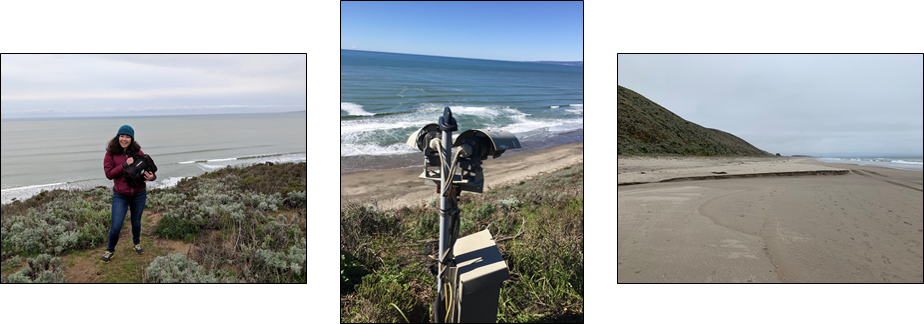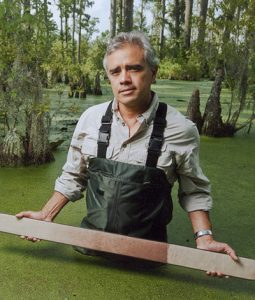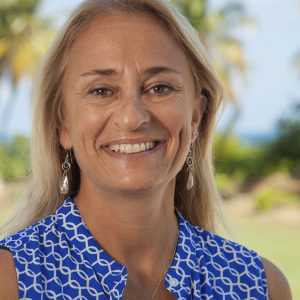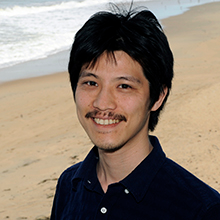Tierney Thys, National Geographic
Presenting: "Creative conservation for the unconverted"
MLML Webinar | May 7th, 2020 at 4pm
Abstract:
As Rachel Carson wrote, ”It is not half so important to know, as to feel.” Acknowledging, understanding and wielding the power of emotional messaging for scientifically-informed, conservation causes is an ongoing, challenging task. We, humans, are complex, emotionally driven creatures who make decisions based on our own sets of wide-ranging values. To effectively message marine science and conservation requires a multi-step process involving three integral components: 1) quantifying the current state of the ocean’s goods and services for people; 2) framing those scientific findings in a narrative way that speaks to the audiences’ diverse sets of values and; 3) experimenting, evaluating and honing those narratives since there is no one-size-fits-all. Multi-disciplinary collaborations are integral to this iterative process and the number of innovative groups experimenting in this realm is growing. In this talk I present a range of interdisciplinary conservation projects, lessons learned along the way plus offer a hopeful look to the future.



